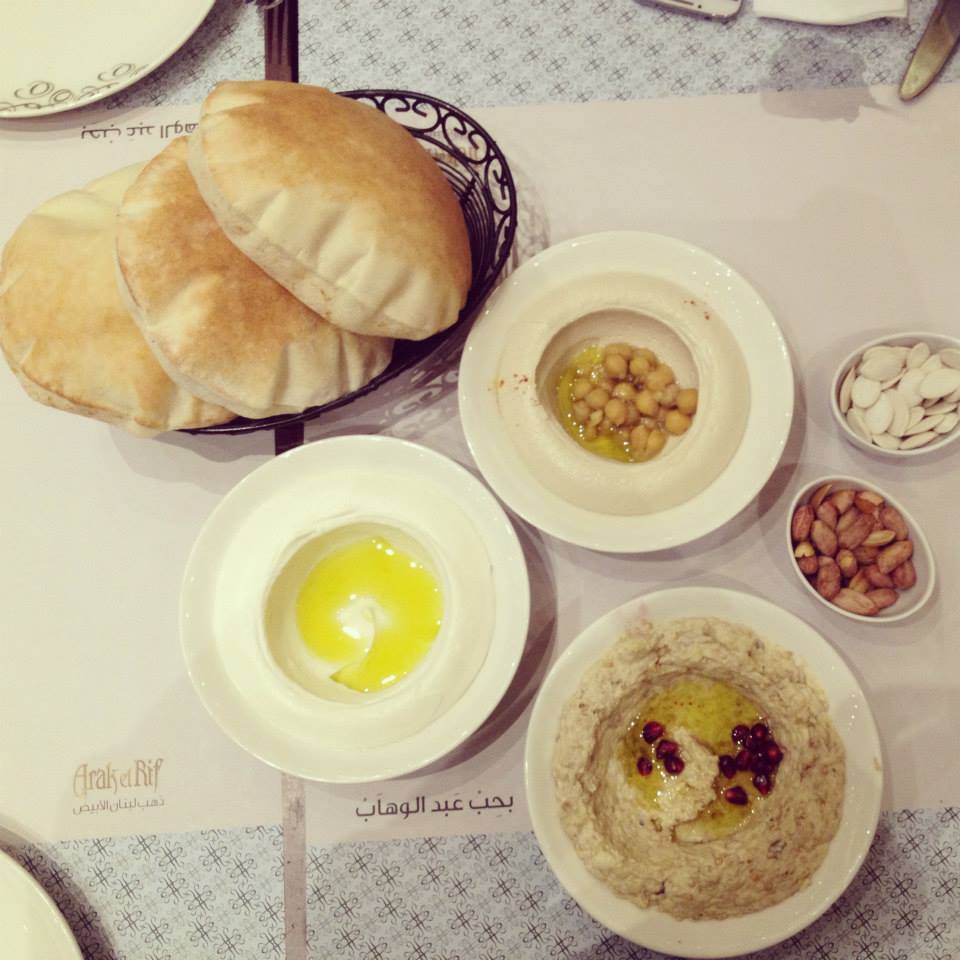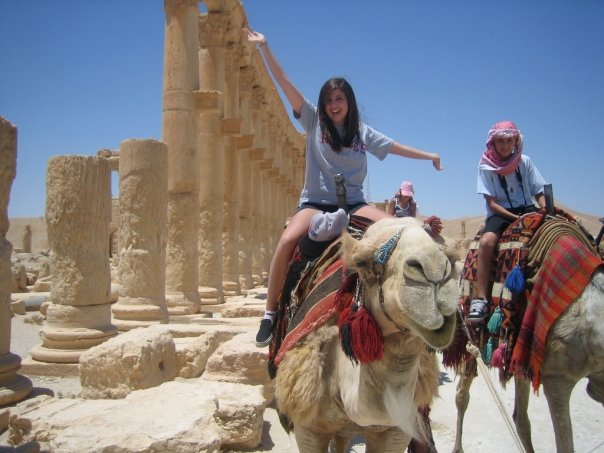
Margaux Anbouba has spent a lifetime of summers living in Syria and traveling the Middle East. She’s tried almost everything that Arabic food has to offer – including the Middle Eastern versions of Kentucky Fried Chicken, something that claimed to be “Chinese food,” and one hundred and one types of hummus. When she once asked her dad if she had eaten camel before, he laughed and pleaded the fifth.
For my sixteenth birthday, my parents threw me a Middle Eastern-themed party at a popular Dallas Arabic eatery. To my surprise, most of my friends knew little about the culture I had grown up in—especially when it came to the food (of course, they knew all about belly dancers though). Eight years later, not too much has changed.
“So what exactly does this entail?” a friend recently asked me after I invited her to dine on Arabic food. “It’s pretty easy,” I responded. “All we need is to don our togas, find a sacrificial goat to slaughter, cover ourselves with blood, and get ready for dinner time.”
Jokes aside, it’s time for the Middle Eastern food superstars of Dallas to bask in the limelight. I’ll be hitting the pavement in my stretchy pants, trying out all the baba ghanoush, kibbeh, and other Arabic delicacies that I can find. But first up, it’s time for a little education. There are a few Arabic staples, defined below, that I’ll be looking for in the restaurants I judge.
Baba ghanoush: I have dreams about this dip. Colloquially known as eggplant dip, it’s made from a charred eggplant, olive oil, tahini sauce, and some lemon.
Grape leaves: Take rice, spices, onions, and (sometimes) meat, stuff into a grape leaf, and steam. One of the more difficult Arabic dishes to make, a lot of restaurants serve canned grape leaves to patrons. These can be spotted because they are short and very wide — and are typically covered in some sort of weird slime.
Hummus: Do you live under a rock? No? Okay, so you probably know what hummus is then.
Kibbeh: My favorite dish, Kibbeh is the national dish of Syria and can be served raw, fried, or baked. It’s made with bulghur (cracked wheat), onions, pine nuts, and some sort of meat (beef or lamb typically). When fried it’s similar to a croquette, when baked it’s like a lasagna, and when raw (which I’ve never seen in the US) it’s like a tartar.
Lebni: The Middle Eastern version of yogurt, this rounds out the holy trinity of Arabic dips (in baba ghanoush, hummus, and lebni I trust). It’s similar to Greek yogurt, with a thicker, sourer taste, and can be made with either cow or goat milk.
Rice: The standard side to any Arabic meal, there are a variety of rices across the Middle East. Typically, white rice with vermicelli noodles is served.
Sish Taouk: Chicken kabobs with veggies. It’s as easy as that.
Bonus: Here’s a gratuitous camel photo from 2008, taken in one of my tourist spots, Palmyra.
Where are your favorite Arabic spots in DFW?






